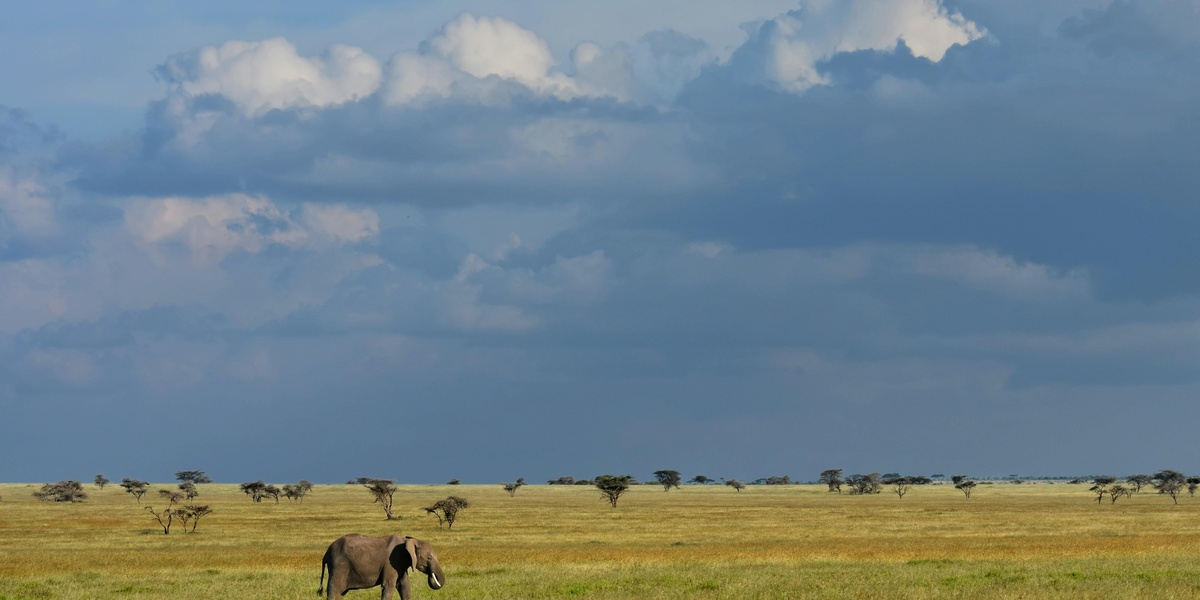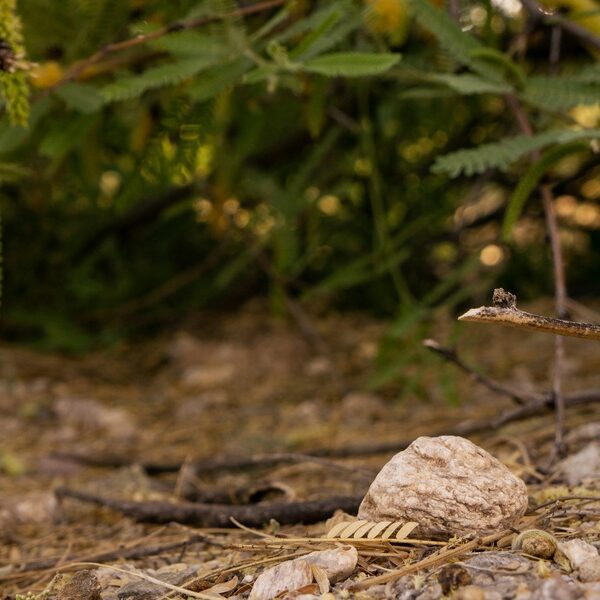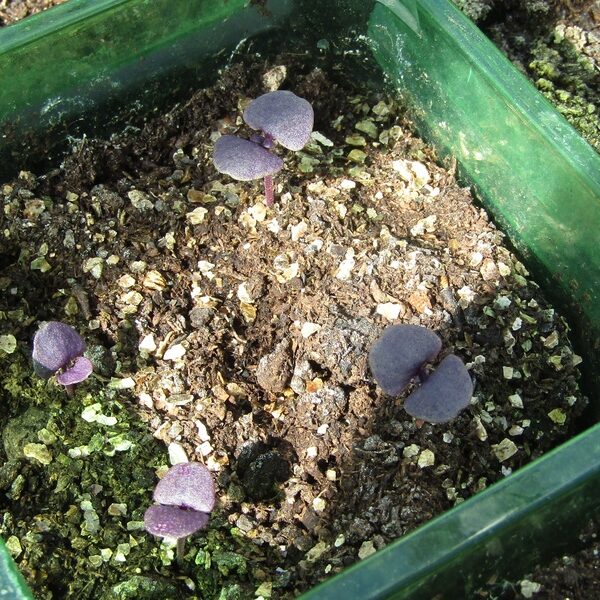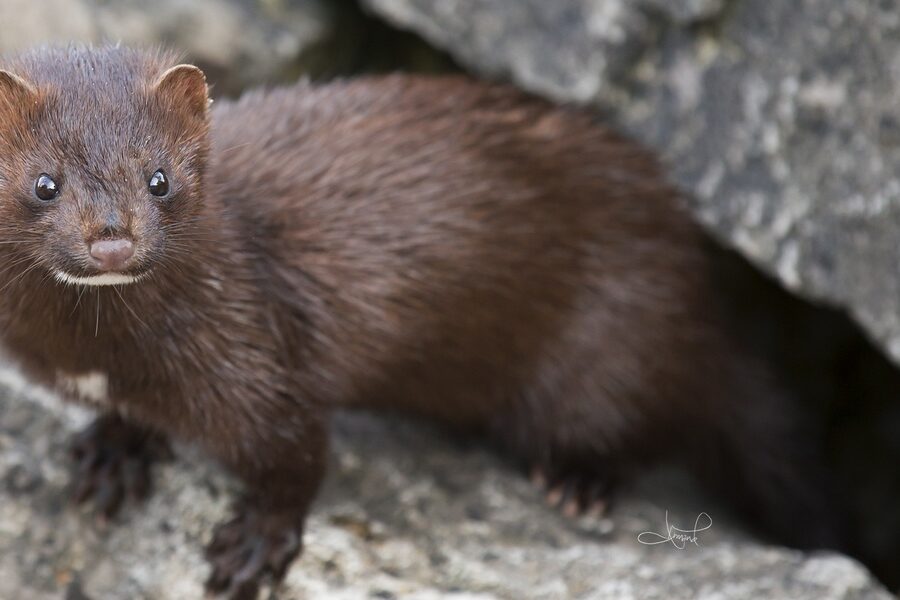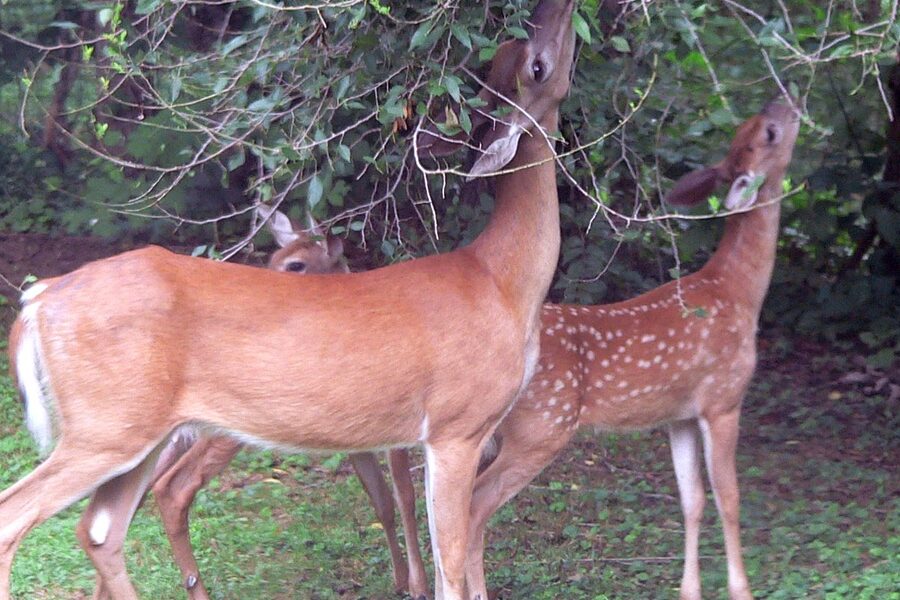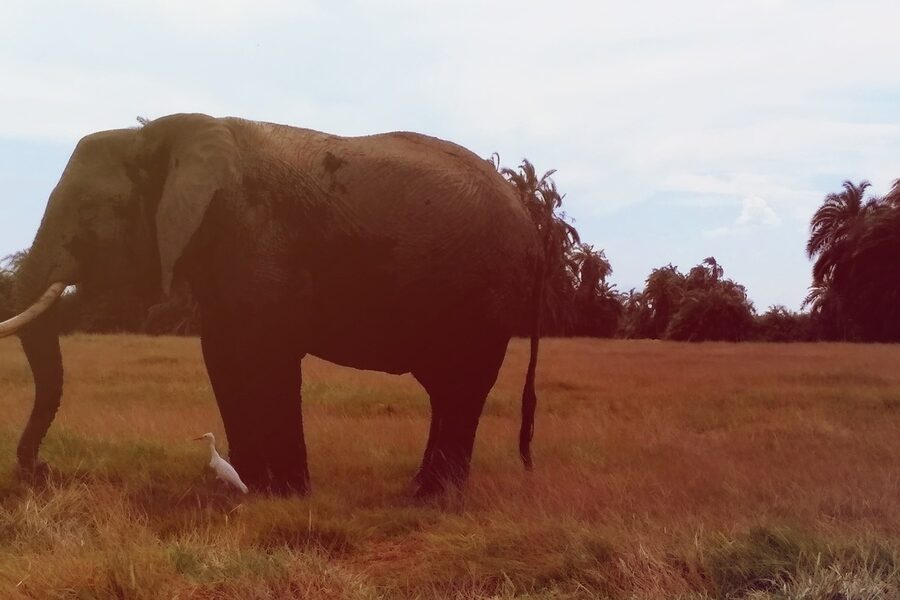The African savanna is a mosaic of grasslands, acacia stands and seasonal waterholes where herbivores drive grazing patterns and nutrient cycles. Observing these animals gives a clear picture of how energy moves from plants to the rest of the ecosystem.
There are 45 African Savanna Primary Consumers, ranging from African buffalo to White rhinoceros. For each species you’ll find below Scientific name,Typical weight (kg),Range / habitat, presented so you can compare identity, size and distribution at a glance — see the list you’ll find below.
How were the 45 species chosen as primary consumers?
Species were included based on diet (primarily plant matter), regular occurrence in savanna habitats and published ecological sources; the list focuses on true herbivores and major grazers/browsers rather than occasional plant-eaters, so it represents species that consistently transfer plant energy up the food web.
Can I rely on the Typical weight (kg) and Scientific name columns for identification?
Scientific names are reliable for unambiguous ID, while Typical weight (kg) gives a useful average but can vary by age, sex and region; use weight together with range/habitat and visual guides or local keys for confident field identification.
African Savanna Primary Consumers
| Common name | Scientific name | Typical weight (kg) | Range / habitat |
|---|---|---|---|
| African elephant | Loxodonta africana | 2,700-6,000 | Sub-Saharan savannas, grassland and woodlands |
| African buffalo | Syncerus caffer | 500-900 | Sub-Saharan grassy savannas and floodplains |
| Giraffe | Giraffa camelopardalis | 800-1,200 | East and Southern African savannas, open woodland |
| White rhinoceros | Ceratotherium simum | 1,400-2,300 | Southern and East African grassland savannas |
| Black rhinoceros | Diceros bicornis | 800-1,400 | East and Southern African savanna woodlands |
| Blue wildebeest | Connochaetes taurinus | 150-250 | East African plains and savannas |
| Black wildebeest | Connochaetes gnou | 100-140 | Southern African grassland-savanna |
| Plains zebra | Equus quagga | 200-400 | Sub-Saharan savannas and grasslands |
| Grevy’s zebra | Equus grevyi | 300-450 | Semi-arid East African savannas and open grassland |
| Common eland | Taurotragus oryx | 400-1,000 | Widespread savanna and open woodland Southern and East Africa |
| Sable antelope | Hippotragus niger | 200-300 | Wooded savannas of Southern and East Africa |
| Roan antelope | Hippotragus equinus | 200-300 | Wooded savannas across Africa |
| Greater kudu | Tragelaphus strepsiceros | 190-270 | Woodland-savanna mosaics in East and Southern Africa |
| Lesser kudu | Tragelaphus imberbis | 100-180 | Dry bushland and acacia savannas East Africa |
| Gemsbok | Oryx gazella | 180-240 | Dry savannas and semi-desert Southern Africa |
| Beisa oryx | Oryx beisa | 150-200 | East African arid savannas and grasslands |
| Impala | Aepyceros melampus | 40-76 | Wooded savannas across sub-Saharan Africa |
| Thomson’s gazelle | Eudorcas thomsonii | 15-35 | East African short-grass savannas |
| Grant’s gazelle | Nanger granti | 20-45 | East African open savannas and plains |
| Springbok | Antidorcas marsupialis | 25-45 | Southern African arid grasslands and savannas |
| Topi | Damaliscus lunatus | 110-150 | East African savannas and floodplains |
| Hartebeest | Alcelaphus buselaphus | 110-200 | Open savannas and grasslands across Africa |
| Blesbok | Damaliscus pygargus | 70-90 | South African grassland and savanna |
| Waterbuck | Kobus ellipsiprymnus | 120-210 | Wet grasslands and savanna floodplains across Africa |
| Kob | Kobus kob | 90-130 | West and Central African savannas and floodplains |
| Puku | Kobus vardonii | 80-120 | Seasonal wetlands and grassland savannas in Zambia and DRC |
| Common reedbuck | Redunca arundinum | 55-90 | Tall grasslands near water in savannas |
| Bohor reedbuck | Redunca redunca | 40-70 | Floodplains and riverine savannas across Africa |
| Warthog | Phacochoerus africanus | 45-150 | Open savannas and grasslands across Africa |
| Hippopotamus | Hippopotamus amphibius | 1,400-3,200 | Rivers and floodplain savannas in sub-Saharan Africa |
| Ostrich | Struthio camelus | 90-150 | Open savannas and semi-arid plains across Africa |
| Rock hyrax | Procavia capensis | 2-5 | Rocky kopjes and savanna outcrops across Africa |
| Springhare | Pedetes capensis | 3-5 | Open grassland and arid savannas in southern Africa |
| Cape hare | Lepus capensis | 2-5 | Open savannas and grasslands across Africa |
| African crested porcupine | Hystrix cristata | 15-27 | Savannas, scrub and woodlands in much of Africa |
| Gerenuk | Litocranius walleri | 18-30 | Dry bush and acacia savannas in East Africa |
| Kirk’s dik-dik | Madoqua kirkii | 3-5 | Scrub and semi-open savanna in East Africa |
| Steenbok | Raphicerus campestris | 7-15 | Open savanna and short grasslands Southern Africa |
| Oribi | Ourebia ourebi | 12-22 | Open grassland savannas throughout Africa |
| Common duiker | Sylvicapra grimmia | 17-20 | Bushy savannas and woodland edges across Africa |
| Hirola | Beatragus hunteri | 60-90 | Dry grassland-savanna borderlands in Kenya and Somalia |
| Giant eland | Taurotragus derbianus | 400-1,000 | Wooded savanna and gallery forests West and Central Africa |
| Klipspringer | Oreotragus oreotragus | 10-18 | Rocky kopjes in savanna and hills across Africa |
| Red-fronted gazelle | Eudorcas rufifrons | 20-35 | Sahelian and West African savannas |
| Dama gazelle | Nanger dama | 20-80 | Sahelian grassland and semi-arid savannas |
Images and Descriptions
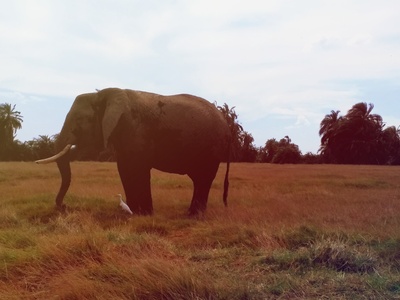
African elephant
Largest land mammal that feeds on grasses, leaves and bark and shapes savanna structure by felling trees, opening canopy and dispersing seeds. A keystone ecosystem engineer; calves are vulnerable to lions and hyenas while adults have few predators.
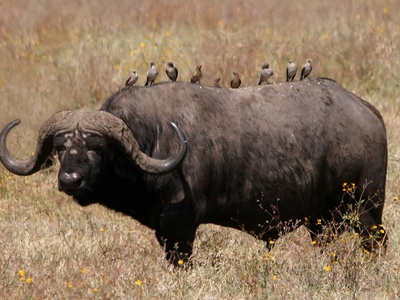
African buffalo
Robust grazer of grasses that forms large herds to defend against predators. Buffalo influence grass composition and nutrient cycling in savannas; they are primary prey for lions and crocodiles and strong herd defense is notable.
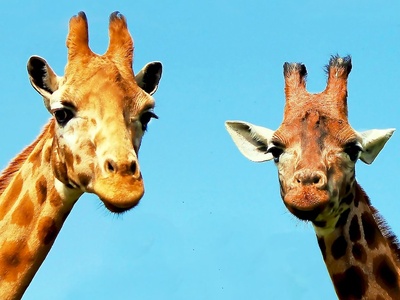
Giraffe
Tall browser that feeds on tree leaves, especially acacia, shaping tree architecture and seed dispersal. Their feeding height reduces competition with grazers; vulnerable calves are taken by lions, while adults rely on height and kicks for defense.
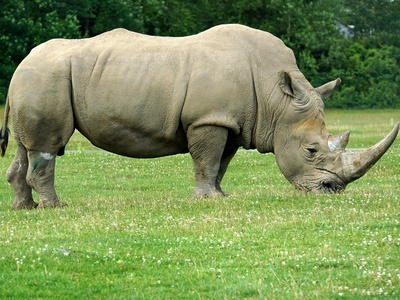
White rhinoceros
Large grazer that prefers short grasses and helps maintain open plains by heavy grazing. White rhinos influence grassland structure and nutrient cycles; threatened by poaching, adults have few predators besides humans.
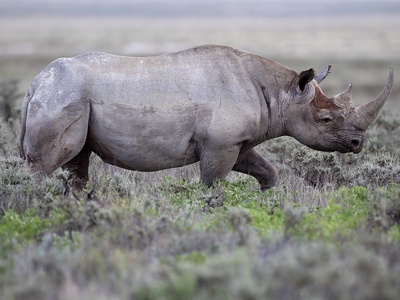
Black rhinoceros
Browser of woody shrubs and stems, often feeding selectively on branches and leaves, shaping shrub structure. Black rhinos influence woody plant communities; solitary and vulnerable to poaching, calves occasionally fall prey to big cats.
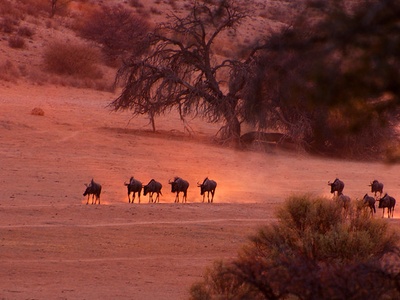
Blue wildebeest
Gregarious grazer famous for large migrations across savannas, consuming short grasses and driving seasonal grassland dynamics. Massive herds shape predator-prey cycles and nutrient redistribution; heavy predation by lions, hyenas, and crocodiles during migration.
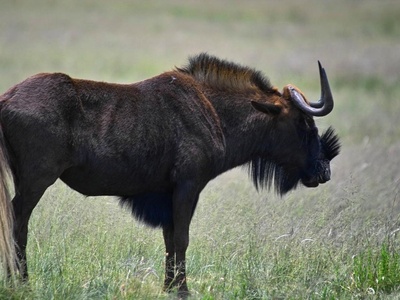
Black wildebeest
Grass specialist that forms herds and grazes plains, helping maintain short-grass ecosystems. Black wildebeest influence fire regimes and grazing patterns; they are prey for large predators and rely on speed and grouping for protection.
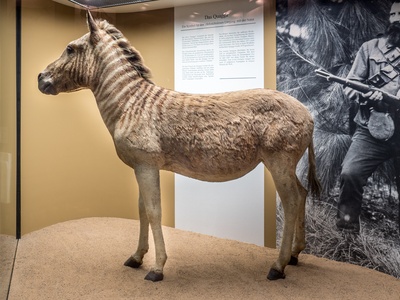
Plains zebra
Robust grazer of coarse grasses that often leads mixed-species herds with wildebeest, aiding in grassland utilization and predator dilution. Zebras shape grazing patterns and provide early-warning behavior for predators like lions and hyenas.
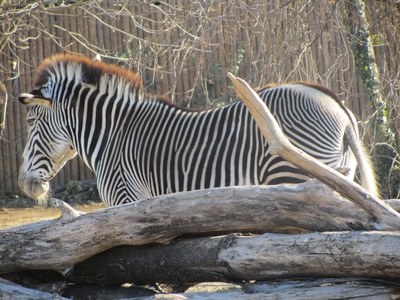
Grevy’s zebra
Large, territorial grazer adapted to drier savanna grasslands; feeds on a variety of grasses and influences plant community composition. Less social than plains zebra and faces heavy predation on foals from big cats and hyenas.
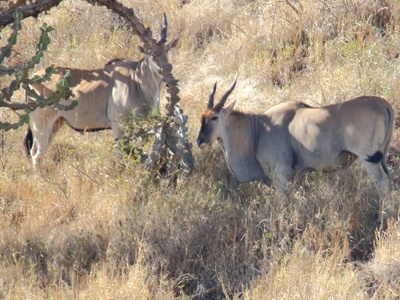
Common eland
Huge mixed feeder that browses and grazes, often on coarse vegetation and shrubs. Elands help open dense vegetation, disperse seeds and are hunted by lions when in groups; they can survive on poor forage during drought.
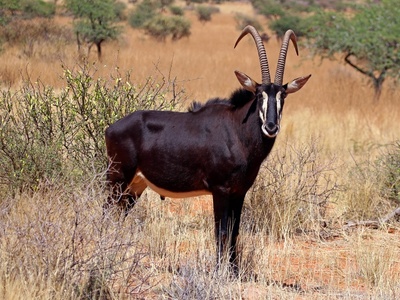
Sable antelope
Elegant browser-grazer consuming grasses and woody plants; influences plant community balance in woodland-savanna mosaics. Sable form territorial herds and are prized prey for large predators, relying on powerful horns and grouping for defense.
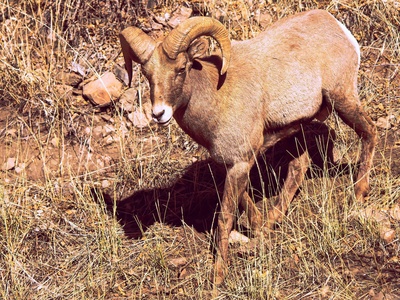
Roan antelope
Large mixed feeder that browses shrubs and grazes grasses, helping maintain savanna heterogeneity. Roan live in small herds, influence vegetation structure, and are targeted by lions and hyenas when vulnerable or isolated.
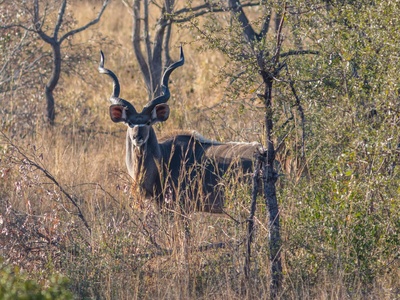
Greater kudu
Tall browser feeding on leaves and twigs in bushy savannas, shaping shrub stratification and providing seed dispersal. Kudu rely on camouflage and leaping to avoid predators; calves are prime prey for lions and leopards.
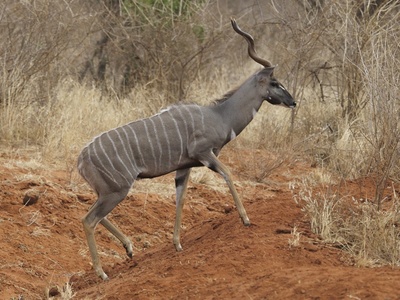
Lesser kudu
Slender browser of dense thorny scrub and acacia savannas, feeding on leaves and shoots that influence understory structure. Shy and solitary, lesser kudu use cover to avoid predators and contribute to shrub pruning and seed dispersal.
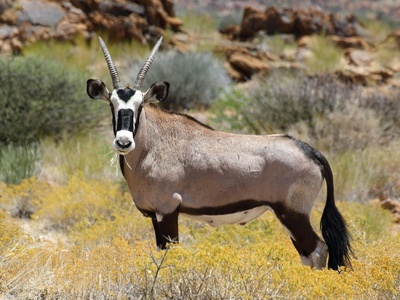
Gemsbok
Tough grazer-browse adapted to arid savannas, feeding on grasses, bulbs and leaves; efficient water users that shape plant communities in dry regions. Oryx form herds and are prey for lions and hyenas when calves are present.
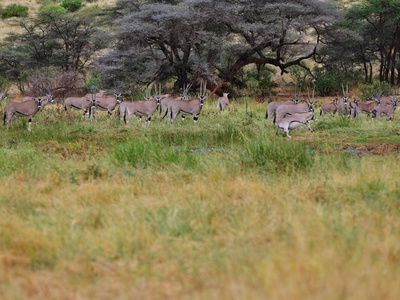
Beisa oryx
Arid-adapted grazer and browser that feeds on grasses, succulents and shrubs, helping control scrub encroachment. Beisa oryx manage scarce forage and water, form herds, and face predation from lions and packs of hyenas.
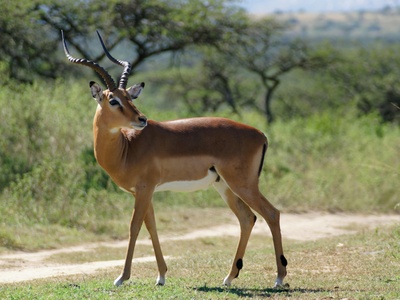
Impala
Versatile mixed feeder that grazes grasses and browses shrubs, acting as a key prey species that supports large predator populations. Impala shape understory by selective browsing and use agility and group vigilance to evade lions and leopards.
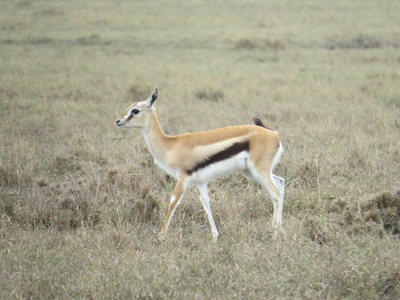
Thomson’s gazelle
Small, nimble grazer of short grasses that is central to savanna food webs and famous for speed to escape predators. Thomson’s gazelles influence grass distribution and are primary prey for cheetahs, jackals and lions.
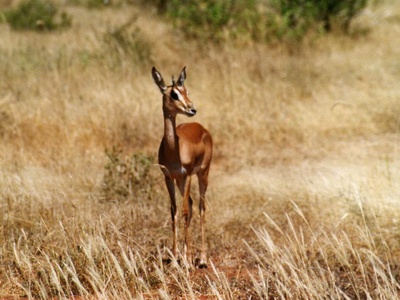
Grant’s gazelle
Mixed feeder that browses shrubs and grazes grasses, coping with dry conditions and maintaining savanna plant diversity. Grants’ gazelles form loose herds, provide prey for big cats, and influence shrub-grass balance through selective feeding.
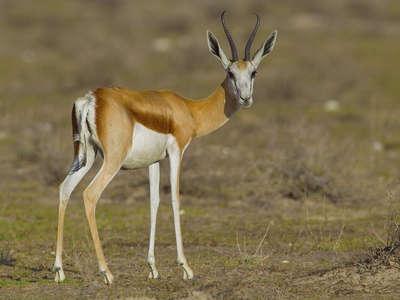
Springbok
Agile grazer-browse of dry savannas that performs dramatic pronking displays, affecting local grass dynamics and seed dispersal. Springbok survive harsh conditions with seasonal movements and are prey for predators like cheetahs and jackals.
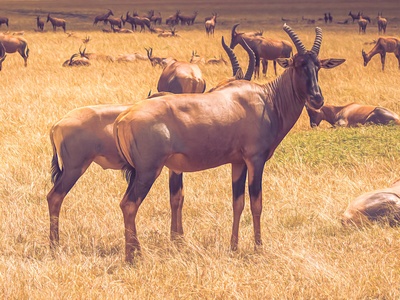
Topi
Selective grazer found in short to medium grass savannas, influencing grazing patterns and supporting predator populations through seasonal movements. Topi form territorial herds and are often hunted by lions and packs of wild dogs.
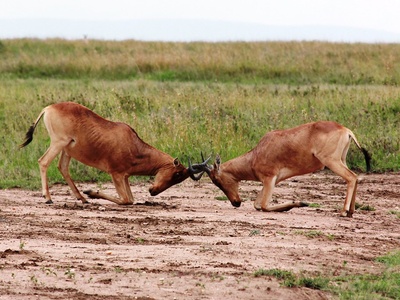
Hartebeest
Large grazer that prefers tall grasses and travels in herds, shaping grass composition and fire regimes through feeding. Hartebeest are prey for large carnivores and display endurance running and group defense.
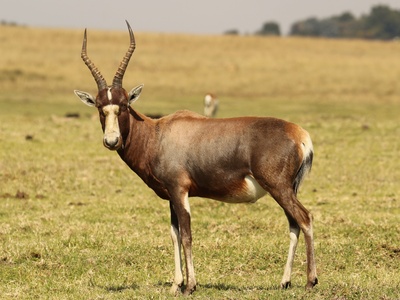
Blesbok
Specialized grazer of open grasslands that helps maintain short-grass ecosystems; historically nomadic, now often in protected populations. Blesbok face predation from carnivores and influence pasture quality through concentrated grazing.
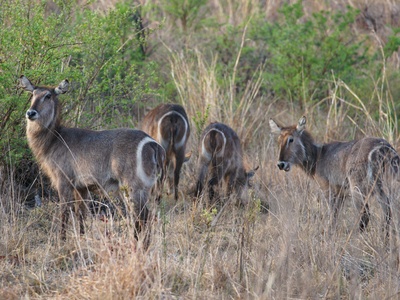
Waterbuck
Grazer tied to water sources that feeds on grasses and maintains floodplain vegetation structure. Waterbuck act as important prey for lions and crocodiles and often remain near wetlands for safety and foraging.
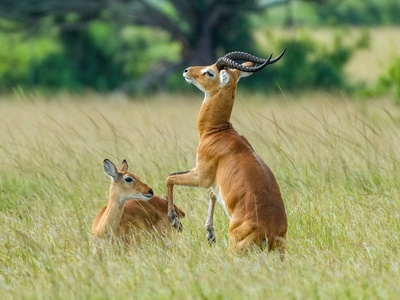
Kob
Gregarious grazer of floodplain and moist savannas whose herds shape grassland productivity. Kobs are key prey for predators like lions and hyenas, and their migrations influence nutrient flows across plains.
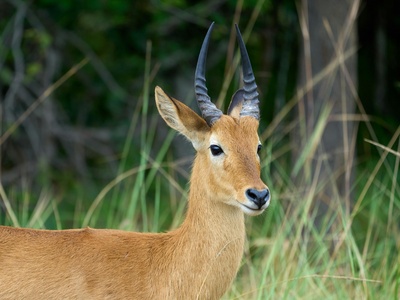
Puku
Grass-eating antelope of seasonally flooded savannas that helps maintain wetland grasses and supports predator populations. Puku form herds and are prey for lions and crocodiles in inundated plains.
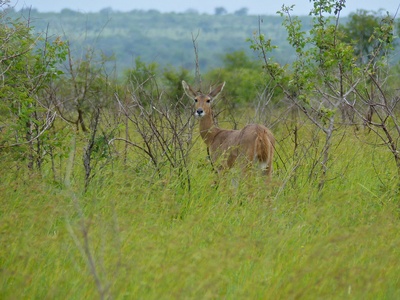
Common reedbuck
Grass specialist inhabiting moist grasslands and riverine savannas, shaping tall-grass structure and serving as prey for predators. Reedbuck rely on dense cover and water proximity to avoid lions, leopards and hyenas.
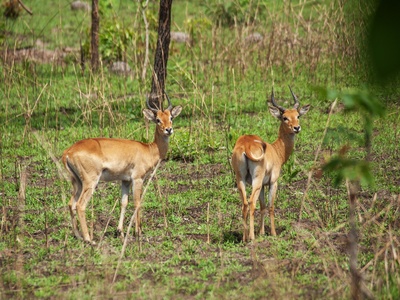
Bohor reedbuck
Wetland-associated grazer that consumes aquatic and tall grasses, influencing floodplain plant communities and providing prey for big predators. Bohor reedbuck use dense vegetation for protection and influence nutrient cycling near waterways.
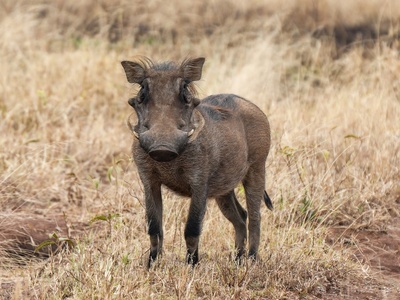
Warthog
Primarily a grazing and rooting herbivore that eats grasses, bulbs and roots while occasionally supplementing diet with animal matter; digs for bulbs and creates burrows used by other species. Piglets and solitary adults risk predation by big cats.
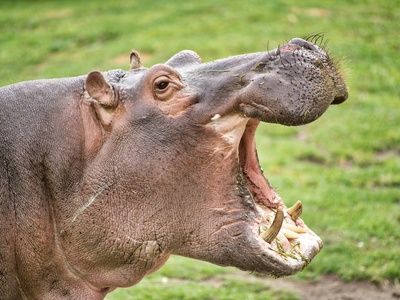
Hippopotamus
Semi-aquatic mega-herbivore that grazes short grasses at night, shaping riverbank vegetation and transporting nutrients from land to water. Hippos influence aquatic ecosystems and are dangerous to predators and humans despite few natural predators.
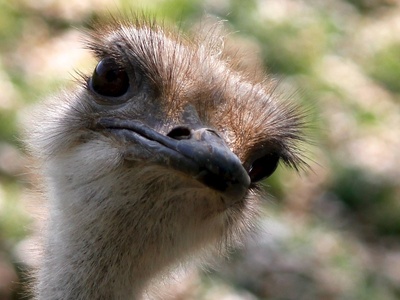
Ostrich
Large flightless bird that primarily eats plant matter—seeds, leaves and fruits—while supplementing with insects; contributes to seed dispersal and prairie grazing. Ostriches use speed and group vigilance to avoid predators, especially when rearing chicks.
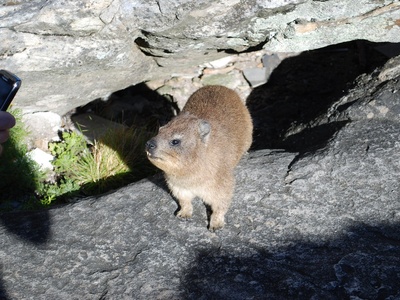
Rock hyrax
Small herbivore browsing grasses, leaves and bark on rocky savanna outcrops; contributes to seed dispersal and serves as prey for raptors and small carnivores. Hyrax colonies alter vegetation on kopjes through constant grazing.
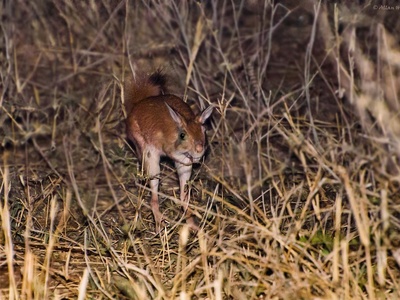
Springhare
Nocturnal herbivore that feeds on grasses, roots and tubers, digging burrows that modify soil structure and influence plant regeneration. Springhares are prey for owls and small carnivores and important ecosystem engineers at small scales.
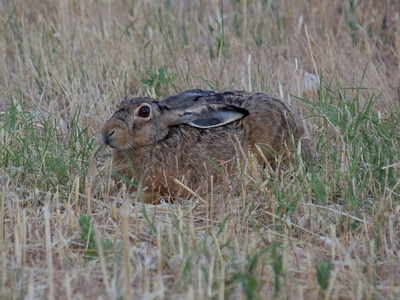
Cape hare
Fast herbivorous lagomorph that grazes grasses and browses forbs, influencing seed dispersal and vegetation patchiness. Hares are important prey for nocturnal and diurnal predators and show high reproductive rates to offset predation.
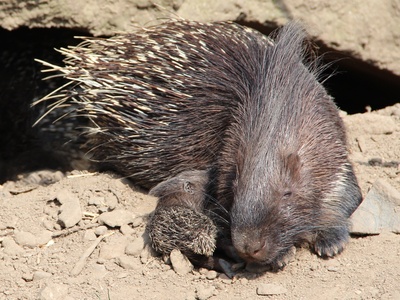
African crested porcupine
Large rodent that eats roots, bulbs, bark and fruits, shaping underground plant communities through digging and feeding. Porcupines affect seedling survival and are prey for leopards and large carnivores when vulnerable.
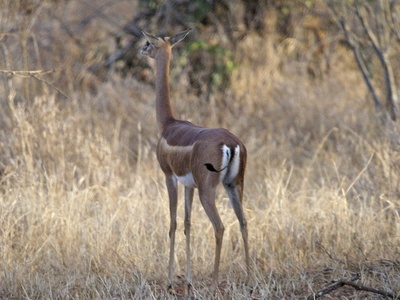
Gerenuk
Long-necked browser that feeds on leaves and shoots well above ground level, reducing competition with other antelopes and shaping shrub layers. Gerenuks can stand on hind legs to reach foliage and avoid many ground predators.
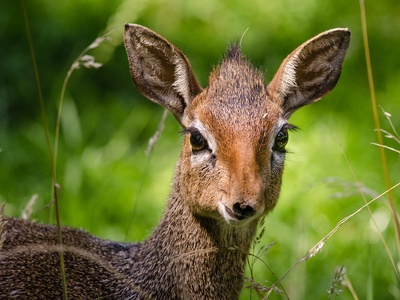
Kirk’s dik-dik
Tiny browser feeding on leaves, shoots and fruits in dense thickets, influencing understory composition and serving as prey for small carnivores and raptors. Dik-diks defend small territories and help disperse seeds.
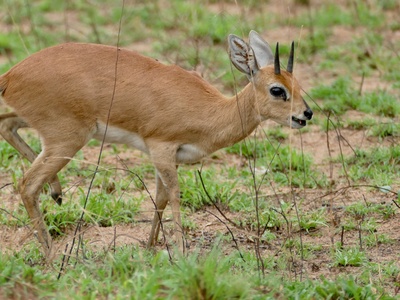
Steenbok
Small solitary browser-grass eater that feeds on grasses, herbs and browses, affecting vegetation mosaic at fine scales. Steenbok rely on camouflage and small burrows to avoid predators and contribute to seed movement.
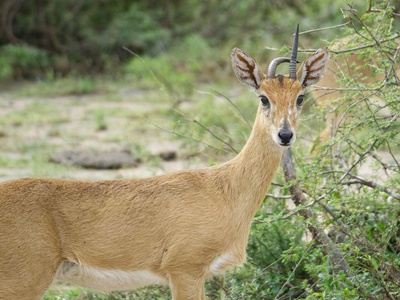
Oribi
Delicate grazer of short grass patches that maintains grassland heterogeneity through selective feeding. Oribi form small groups and are common prey for cheetahs and jackals, influencing the predator-prey balance on open plains.
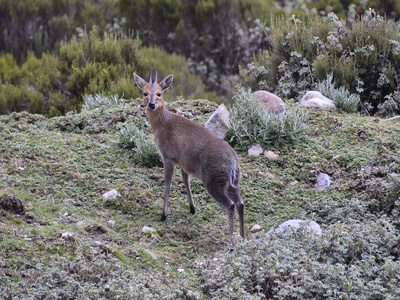
Common duiker
Small browsing antelope that eats leaves, fruits and shoots in savanna thickets, contributing to seed dispersal and understory pruning. Common duikers use dense cover to evade predators and are adaptable across varied savanna mosaics.
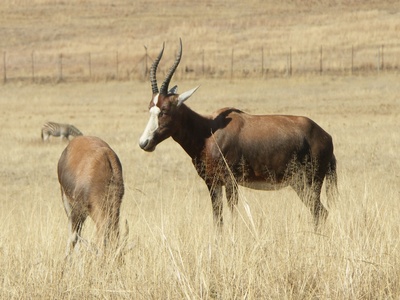
Hirola
Critically endangered grazer of arid grasslands that shapes local grass communities and once formed dense herds. Hirola face heavy predation pressure and human threats; their decline alters savanna grazing dynamics where they once occurred.
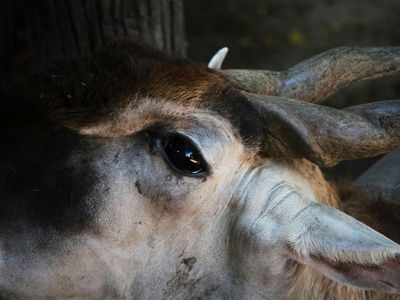
Giant eland
Huge mixed feeder that browses trees and grazes grasses, altering woody vegetation and nutrient cycles in savanna-forest edges. Giant elands are slow-moving and vulnerable to human hunting; they play a key role in larger-scale vegetation dynamics.
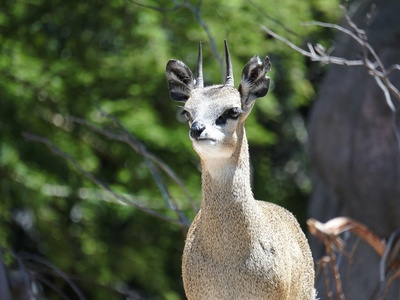
Klipspringer
Tiny rock-dwelling browser that feeds on leaves and twigs around rocky outcrops within savannas, influencing localized plant patches. Klipspringers are agile cliff specialists that avoid many predators by using steep terrain and tight footing.
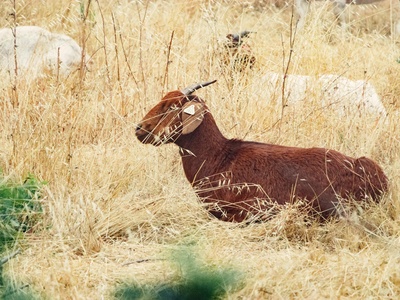
Red-fronted gazelle
Lightweight grazer that feeds on short grasses and forbs in Sahelian savannas, shaping seasonal grass dynamics and serving as prey for local predators. Their movements and feeding influence plant succession in semi-arid savanna zones.
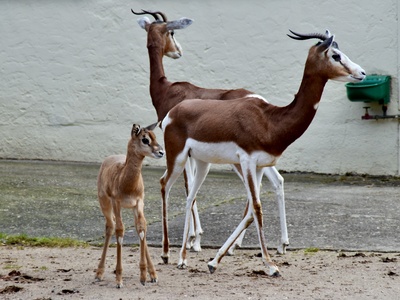
Dama gazelle
Rare grazer-browser of Sahel savannas adapted to sparse vegetation, influencing plant communities through selective feeding and seasonal movements. Facing severe decline, dama gazelles historically helped maintain open grassland structure and provided prey for regional predators.
